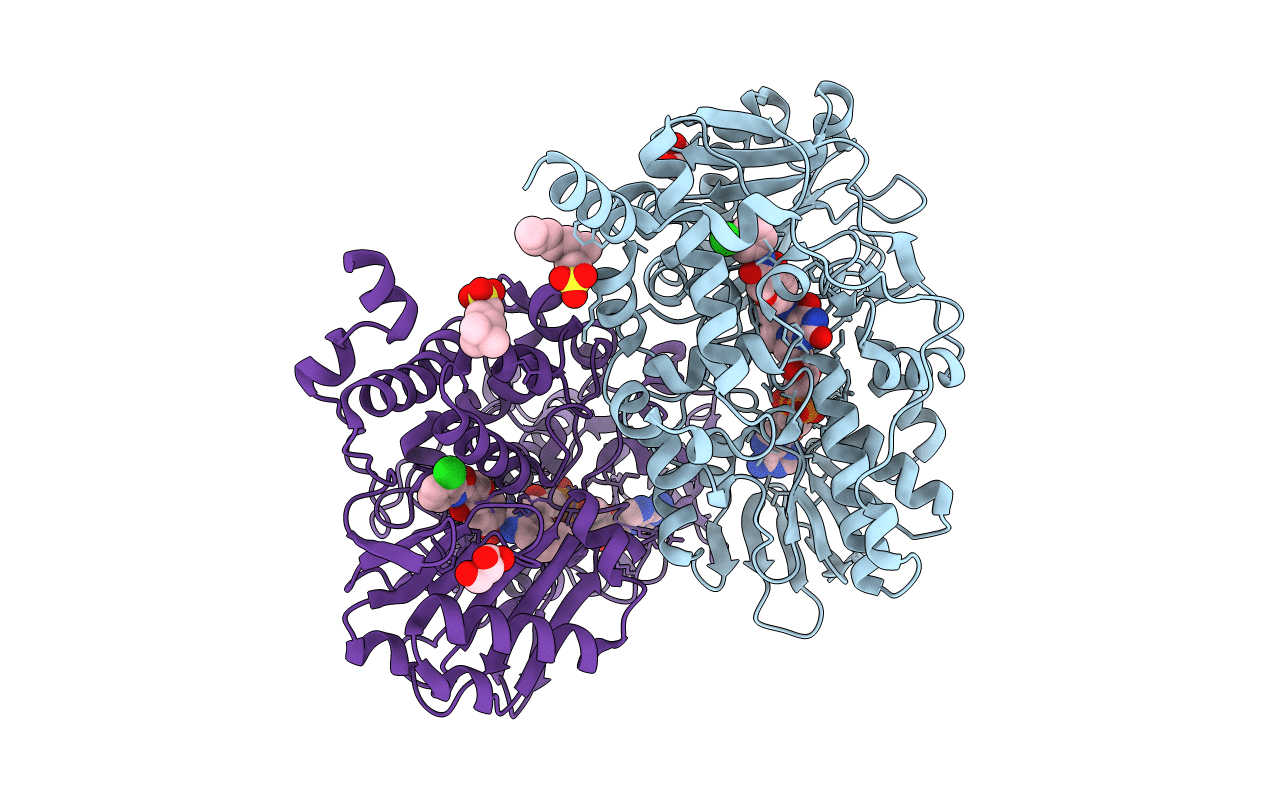
Deposition Date
2018-03-05
Release Date
2018-04-25
Last Version Date
2024-11-20
Entry Detail
PDB ID:
6FW0
Keywords:
Title:
Crystal structure of human monoamine oxidase B (MAO B) in complex with chlorophenyl-chromone-carboxamide
Biological Source:
Source Organism:
Homo sapiens (Taxon ID: 9606)
Host Organism:
Method Details:
Experimental Method:
Resolution:
1.60 Å
R-Value Free:
0.19
R-Value Work:
0.16
R-Value Observed:
0.16
Space Group:
C 2 2 2


